At the start of 1978, disco and AOR was still ruling the airwaves.
ABBA had released ‘The Movie’ which reinforced their success of previous years while the UK charts became dominated by songs from the film ‘Grease’ which helped facilitate a rock ‘n’ roll flavoured revival led by bands like SHOWADDYWADDY, DARTS and RACEY!
Punk had peaked with THE SEX PISTOLS’ Johnny Rotten rhetorical statement “Ever Get the Feeling You’ve Been Cheated?”. However, punk’s ethos was mutating into a form of power pop under the guise of new wave with BLONDIE, BUZZCOCKS and THE BOOMTOWN RATS. One epic opus that captured the public imagination was ‘Jeff Wayne’s Musical Version of The War of the World’; featuring synthesizer work from Ken Freeman, it complimented the album’s orchestrated rock with an alien science fiction edge.
Although first released in Autumn 1977, ‘Supernature’ by Cerrone belatedly became a Summer 1978 Top10 hit in the UK singles charts, indicating that after ‘I Feel Love’, ‘Oxygène’, ‘Magic Fly’, ‘Sound & Vision’ and ‘Trans-Europe Express’, electronic pop music had potential longevity and was not a novelty.
A new DIY art pop form was emerging as the independently produced singles ‘Warm Leatherette’ by THE NORMAL and ‘Being Boiled’ by THE HUMAN LEAGUE were released to an unsuspecting public but despite not troubling the mainstream due to their limited audience reach, they were to have a wider impact.
Meanwhile, as punk band TUBEWAY ARMY were preparing to record their debut long player, their leader Gary Numan tried a Minimoog that had been left behind from a previous studio session. It was to be an epiphanal moment as he decided that electronics would become a future part of his sound.
According to a recent Ace Records podcast hosted by Pete Paphides, his guest Bob Stanley said that Minimoog belonged to reggae legend Dennis Bovell who was working on a song he had just written called ‘Silly Games’. When it stalled a No2 sung by Janet Kay, in a bizarre coincidence, the single that was to stop it from getting to No1 in Summer 1979 was recorded in the same Gooseberry Studios in London’s Chinatown… it was ‘Are Friends Electric?’!!!
Here are 20 albums which ELECTRICITYCLUB.CO.UK sees as contributing to the electronic legacy of 1978. They are listed in alphabetical order with a restriction of one album per artist moniker…
ASHRA Blackouts
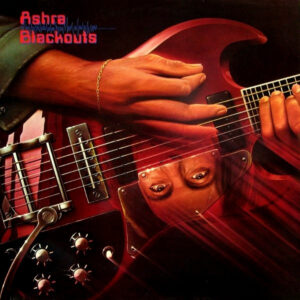 Featuring “Sequencer, Keyboards and a lot of guitar” with the recommendation that “this record should be heard comfortably”, ‘Blackouts’ was Manuel Göttsching’s second album as ASHRA and while it did not quite have the total cosmic magic of its predecessor ‘New Age Of Earth’, it was a satisfying record. ‘Midnight On Mars’ set the scene while there was another wonderful 20 minute end piece in ‘Lotus Part I-IV’.
Featuring “Sequencer, Keyboards and a lot of guitar” with the recommendation that “this record should be heard comfortably”, ‘Blackouts’ was Manuel Göttsching’s second album as ASHRA and while it did not quite have the total cosmic magic of its predecessor ‘New Age Of Earth’, it was a satisfying record. ‘Midnight On Mars’ set the scene while there was another wonderful 20 minute end piece in ‘Lotus Part I-IV’.
‘Blackouts’ is still available via Virgin Records
https://manuelgoettsching.com/
AUTOMAT Automat
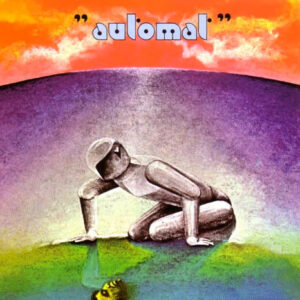 AUTOMAT were Romano Musmarra and Claudio Gizzi who released just one album. Stating “in the beginning there was the machine – the survival and the organization of the planet depended upon the machine – the future and the past depended upon the machine – …the past? But who wanted the machine?”, the key track was the eponymous three part electronic prog disco opus that would have made Giorgio Moroder proud. Meanwhile ‘Droid’ showed the Italian duo were also fans of Vangelis.
AUTOMAT were Romano Musmarra and Claudio Gizzi who released just one album. Stating “in the beginning there was the machine – the survival and the organization of the planet depended upon the machine – the future and the past depended upon the machine – …the past? But who wanted the machine?”, the key track was the eponymous three part electronic prog disco opus that would have made Giorgio Moroder proud. Meanwhile ‘Droid’ showed the Italian duo were also fans of Vangelis.
‘Automat’ was originally released by EMI Italiana, currently unavailable
https://www.discogs.com/artist/29817-Automat
BRIAN BENNETT Voyage (A Journey Into Discoid Funk)
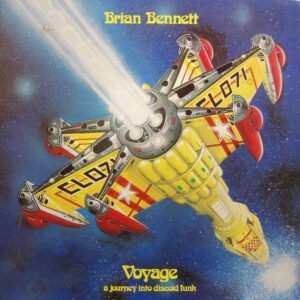 The drummer for THE SHADOWS since 1961, Brian Bennett worked on theme music on the side and became inspired by the emergence of electronic disco from the likes of Giorgio Moroder and Marc Cerrone. Described as “A Journey Into Discoid Funk”, ‘Voyage’ was a cosmic affair with jazz and funk influences. Highlights included ‘Pendulum Force’, ‘Ocean Glide’ and ‘Chain Reaction’ while one track ‘Solstice’ was later sampled by rappers Kanye West and Nas.
The drummer for THE SHADOWS since 1961, Brian Bennett worked on theme music on the side and became inspired by the emergence of electronic disco from the likes of Giorgio Moroder and Marc Cerrone. Described as “A Journey Into Discoid Funk”, ‘Voyage’ was a cosmic affair with jazz and funk influences. Highlights included ‘Pendulum Force’, ‘Ocean Glide’ and ‘Chain Reaction’ while one track ‘Solstice’ was later sampled by rappers Kanye West and Nas.
‘Voyage (A Journey Into Discoid Funk)’ is still available via Cherry Red Records
https://www.cherryred.co.uk/brian-bennett-voyage-2cd-expanded-edition
DROIDS Star Peace
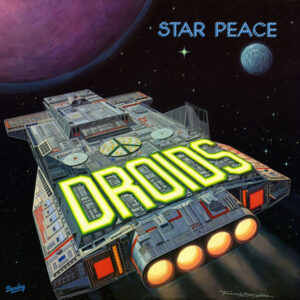 Inspired by ‘Star Wars’, French space disco combo DROIDS were best known for their underground hit ‘(Do You Have) The Force’ in 1977. Included on it, their only album ‘Star Peace’ came the following year with material written and played by Yves Hayat using Moogs, ARPs and Oberheims. It was an enjoyable electronic romp with groovy tracks like ‘Be Happy’ and ‘Shanti Dance’ to take on fellow countrymen SPACE.
Inspired by ‘Star Wars’, French space disco combo DROIDS were best known for their underground hit ‘(Do You Have) The Force’ in 1977. Included on it, their only album ‘Star Peace’ came the following year with material written and played by Yves Hayat using Moogs, ARPs and Oberheims. It was an enjoyable electronic romp with groovy tracks like ‘Be Happy’ and ‘Shanti Dance’ to take on fellow countrymen SPACE.
‘Star Peace’ is still available via Barclay
https://www.discogs.com/artist/93198-Droids
LA DÜSSELDORF Viva
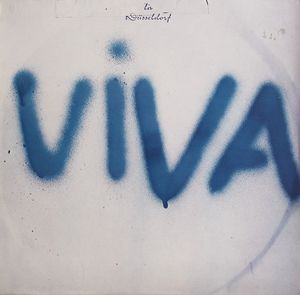 Fronted by Klaus Dinger from NEU! while also featuring his brother Thomas on percussion and Hans Lampe on drums, the second long player LA DÜSSELDORF ‘Viva’ was self-produced and their most successful album. There was the magnificent 20 minute madness of ‘Cha Cha 2000’, but the album also yielded the beautifully epic ‘Rheinita’, a glorious instrumental that became the blueprint for OMD’s ‘Architecture & Morality’ album.
Fronted by Klaus Dinger from NEU! while also featuring his brother Thomas on percussion and Hans Lampe on drums, the second long player LA DÜSSELDORF ‘Viva’ was self-produced and their most successful album. There was the magnificent 20 minute madness of ‘Cha Cha 2000’, but the album also yielded the beautifully epic ‘Rheinita’, a glorious instrumental that became the blueprint for OMD’s ‘Architecture & Morality’ album.
‘Viva’ is still available via WEA Records
ENO MOEBIUS ROEDELIUS After The Heat
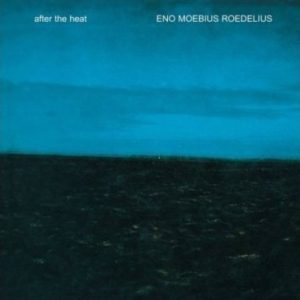 Following aborted sessions with cult German band HARMONIA featuring Michael Rother of NEU! alongside Dieter Moebius and Hans-Joachim Roedelius of CLUSTER, Brian Eno continued collaborations with the latter pair. With a wonderful 1977 ambient collection ‘Cluster & Eno’ to their name, their second album ‘After The Heat’ added Eno’s contemplative voice to the experimentation, the best track of which was the gentle sequencer led beauty of ‘The Belldog’.
Following aborted sessions with cult German band HARMONIA featuring Michael Rother of NEU! alongside Dieter Moebius and Hans-Joachim Roedelius of CLUSTER, Brian Eno continued collaborations with the latter pair. With a wonderful 1977 ambient collection ‘Cluster & Eno’ to their name, their second album ‘After The Heat’ added Eno’s contemplative voice to the experimentation, the best track of which was the gentle sequencer led beauty of ‘The Belldog’.
‘After The Heat’ is still available via Bureau B
https://www.roedelius.com/album/after-heat
EDGAR FROESE Ages
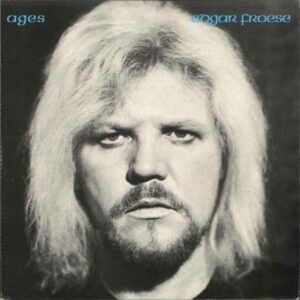 This double album was released at the start of 1978 before TANGERINE DREAM took their vocal prog rock misstep with ‘Cyclone’. ‘Era Of The Slaves’ was a particular delight in the Berlin School vein with Edgar Froese channelling his creative energies wonderfully following the departure of Peter Baumann. Overall, ‘Ages’ was lively, as exemplified by ‘Nights of Automatic Women’ while ‘Children’s Deeper Study’ displayed a brighter tone.
This double album was released at the start of 1978 before TANGERINE DREAM took their vocal prog rock misstep with ‘Cyclone’. ‘Era Of The Slaves’ was a particular delight in the Berlin School vein with Edgar Froese channelling his creative energies wonderfully following the departure of Peter Baumann. Overall, ‘Ages’ was lively, as exemplified by ‘Nights of Automatic Women’ while ‘Children’s Deeper Study’ displayed a brighter tone.
‘Ages’ is still available via Virgin Records
JEAN-MICHEL JARRE Equinoxe
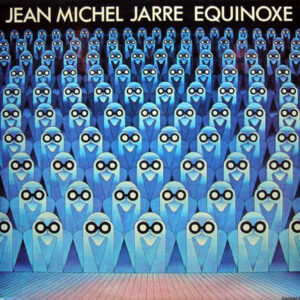 The follow-up to the massively successful ‘Oxygène’, ‘Équinoxe’ was conceived as representing a day in a person’s life. As well expanded multitrack recording, ‘Équinoxe’ benefitted from the use of the customised Matrisequencer 250 designed by sound engineer Michel Geiss. The album’s eight parts were rich in melody, rhythm and in places neo-gothic grandeur. It confirmed Jean-Michel Jarre was not to be just a one-hit wonder.
The follow-up to the massively successful ‘Oxygène’, ‘Équinoxe’ was conceived as representing a day in a person’s life. As well expanded multitrack recording, ‘Équinoxe’ benefitted from the use of the customised Matrisequencer 250 designed by sound engineer Michel Geiss. The album’s eight parts were rich in melody, rhythm and in places neo-gothic grandeur. It confirmed Jean-Michel Jarre was not to be just a one-hit wonder.
‘Equinoxe’ is still available via Sony Music
KRAFTWERK The Man Machine
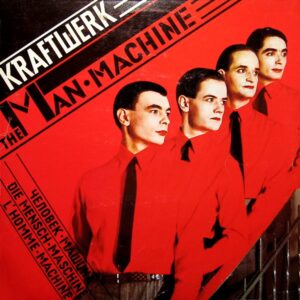 By 1978, the classic KRAFTWERK line-up of Ralf Hütter, Florian Schneider, Wolfgang Flür and Karl Bartos were at the height of their powers with ‘Trans Europe Express’ becoming an unexpected favourite on the New York dancefloors. ‘The Man Machine’ contained the belated hit single ‘The Model’ while there was also the Giorgio Moroder-inspired ‘Spacelab’ and ‘Metropolis’. With ‘The Robots’, the Das Quartett reinforced they were Musikarbeiter.
By 1978, the classic KRAFTWERK line-up of Ralf Hütter, Florian Schneider, Wolfgang Flür and Karl Bartos were at the height of their powers with ‘Trans Europe Express’ becoming an unexpected favourite on the New York dancefloors. ‘The Man Machine’ contained the belated hit single ‘The Model’ while there was also the Giorgio Moroder-inspired ‘Spacelab’ and ‘Metropolis’. With ‘The Robots’, the Das Quartett reinforced they were Musikarbeiter.
‘The Man Machine’ is still available via EMI Music
LEDA Welcome To Joyland
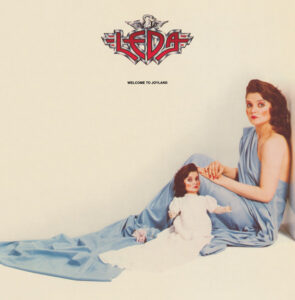 Having left TANGERINE DREAM and inspired by the success of ‘I Feel Love’, Peter Baumann produced Italian artist Leda on her album ‘Welcome To Joyland’. Applying his sequenced knowhow into a more song based format, highlights included the title song and the Giorgio Moroder aping ‘Future’. Something of a curio in his portfolio, it became a pointer to the pop based direction he launched in 1981 with ‘Repeat Repeat’.
Having left TANGERINE DREAM and inspired by the success of ‘I Feel Love’, Peter Baumann produced Italian artist Leda on her album ‘Welcome To Joyland’. Applying his sequenced knowhow into a more song based format, highlights included the title song and the Giorgio Moroder aping ‘Future’. Something of a curio in his portfolio, it became a pointer to the pop based direction he launched in 1981 with ‘Repeat Repeat’.
‘Welcome To Joyland’ is still available via Private Records
https://www.voices-in-the-net.de/welcome_to_joyland.htm
GIORGIO MORODER Midnight Express
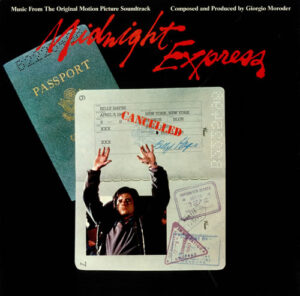 ‘Midnight Express’ was a graphic prison drama directed by Alan Parker who wanted electronic accompaniment in the style of ‘I Feel Love’ for a key scene in the film. Enter Giorgio Moroder who, assisted by Harold Faltermeyer, did just that with the mighty ‘Chase’. Meanwhile, the moody main theme and with its exotic overtones all but invented synthwave. Moroder would win his first Oscar for “Best Original Score”.
‘Midnight Express’ was a graphic prison drama directed by Alan Parker who wanted electronic accompaniment in the style of ‘I Feel Love’ for a key scene in the film. Enter Giorgio Moroder who, assisted by Harold Faltermeyer, did just that with the mighty ‘Chase’. Meanwhile, the moody main theme and with its exotic overtones all but invented synthwave. Moroder would win his first Oscar for “Best Original Score”.
‘Midnight Express’ is still available via Casablanca Records / Universal Records
RICHARD PINHAS Chronolyse
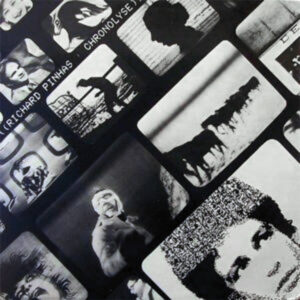 Richard Pinhas was a member of French rock band HELDON who became fascinated by the possibilities of experimental electronics. Inspired by sci-fi writers Michel Jeury and Frank Herbert, the ‘Chronolyse’ title suite was split into seven waves of cerebral minimalism reminiscent of Terry Riley and Philip Glass. But there was a volte face in ‘Paul Atreïdes’, a noisy half hour jam with his HELDON band mates that took up an entire side.
Richard Pinhas was a member of French rock band HELDON who became fascinated by the possibilities of experimental electronics. Inspired by sci-fi writers Michel Jeury and Frank Herbert, the ‘Chronolyse’ title suite was split into seven waves of cerebral minimalism reminiscent of Terry Riley and Philip Glass. But there was a volte face in ‘Paul Atreïdes’, a noisy half hour jam with his HELDON band mates that took up an entire side.
‘Chronolyse’ is still available via Bureau B
https://www.richard-pinhas.com/chronolyse/
RIECHMANN Wunderbar
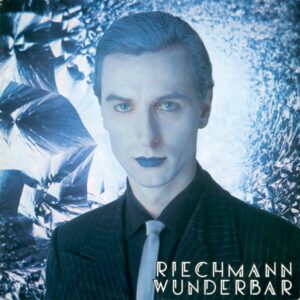 The only album by the tragic figure of Wolfgang Riechmann, ‘Wunderbar’ was an elegant and ultimately fragile collection with a fine balance of electronic technology and real instrumentation where none of the elements were overdone. The resonant melancholy of its content became even more poignant once it is learnt that he was murdered in Düsseldorf just weeks before its release by Sky Records in August 1978.
The only album by the tragic figure of Wolfgang Riechmann, ‘Wunderbar’ was an elegant and ultimately fragile collection with a fine balance of electronic technology and real instrumentation where none of the elements were overdone. The resonant melancholy of its content became even more poignant once it is learnt that he was murdered in Düsseldorf just weeks before its release by Sky Records in August 1978.
‘Wunderbar’ is still available via Bureau B
https://riechmann.bandcamp.com/album/wunderbar
MICHAEL ROTHER Sterntaler
 After the success of ‘Flammenden Herzen’ set Michael Rother off on the path to becoming Germany’s answer to Mike Oldfield, his second solo album ‘Sterntaler’ saw a greater use of synths for melody lines as on the uplifting title track. ‘Orchestrion’ was more of a layered guitar symphony but the moody textures of ‘Sonnenrad’ would later become the inspiration for ULTRAVOX’s ‘Dancing With Tears In My Eyes’.
After the success of ‘Flammenden Herzen’ set Michael Rother off on the path to becoming Germany’s answer to Mike Oldfield, his second solo album ‘Sterntaler’ saw a greater use of synths for melody lines as on the uplifting title track. ‘Orchestrion’ was more of a layered guitar symphony but the moody textures of ‘Sonnenrad’ would later become the inspiration for ULTRAVOX’s ‘Dancing With Tears In My Eyes’.
‘Sterntaler’ is still available via Grönland Records
http://www.michaelrother.de/en/
CONRAD SCHNITZLER Con
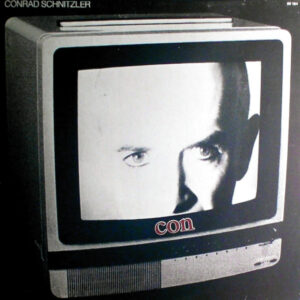 Conrad Schnitzler had been a member of TANGERINE DREAM and KLUSTER before going solo. ‘Con’ was produced by Peter Baumann. While much of the album was unsettling soundscapes like ‘Electric Garden’ and ‘Black Nail’, ‘Ballet Statique’ was his most accessible piece and up there with the best of minimally structured German electronic music. Meanwhile ‘Zug’ did as the title suggested with its locomotive rhythm collage.
Conrad Schnitzler had been a member of TANGERINE DREAM and KLUSTER before going solo. ‘Con’ was produced by Peter Baumann. While much of the album was unsettling soundscapes like ‘Electric Garden’ and ‘Black Nail’, ‘Ballet Statique’ was his most accessible piece and up there with the best of minimally structured German electronic music. Meanwhile ‘Zug’ did as the title suggested with its locomotive rhythm collage.
‘Con’ is still available via Bureau B
https://www.fancymoon.com/con_s/
KLAUS SCHULZE X
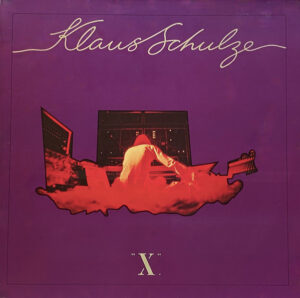 After his 1977 masterpiece ‘Mirage’, Klaus Schulze was by now well into what many consider his imperial phase and planting the seed for New Age in the process. For the ambitious double opus ‘X’, drums by Harald Grosskopf and strings were incorporated into “Six Musical Biographies” in honour of figures such as philosopher Friedrich Nietzsche, King Ludwig II of Bavaria, composer Friedemann Bach and ‘Dune’ author Frank Herbert.
After his 1977 masterpiece ‘Mirage’, Klaus Schulze was by now well into what many consider his imperial phase and planting the seed for New Age in the process. For the ambitious double opus ‘X’, drums by Harald Grosskopf and strings were incorporated into “Six Musical Biographies” in honour of figures such as philosopher Friedrich Nietzsche, King Ludwig II of Bavaria, composer Friedemann Bach and ‘Dune’ author Frank Herbert.
‘X’ is still available via SPV
SPACE Just Blue
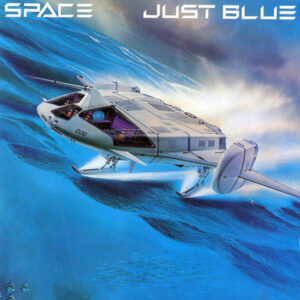 Having had a worldwide hit with ‘Magic Fly’, ‘Just Blue’ was the third album by France’s SPACE and the last featuring original writer Ecama, the pseudonym of Didier Marouani. With proggier inflections and more vocal phrasing, this album did not hit the highs of ‘Magic Fly’ but this was still a good record. The title song had catchy synth hooks while ‘Final Signal’ brought in fretless bass and ‘Secret Dreams’ got all new age.
Having had a worldwide hit with ‘Magic Fly’, ‘Just Blue’ was the third album by France’s SPACE and the last featuring original writer Ecama, the pseudonym of Didier Marouani. With proggier inflections and more vocal phrasing, this album did not hit the highs of ‘Magic Fly’ but this was still a good record. The title song had catchy synth hooks while ‘Final Signal’ brought in fretless bass and ‘Secret Dreams’ got all new age.
‘Just Blue’ is still available via Nang
https://www.facebook.com/Didier.Marouani.et.spAce/
TOMITA The Bermuda Triangle
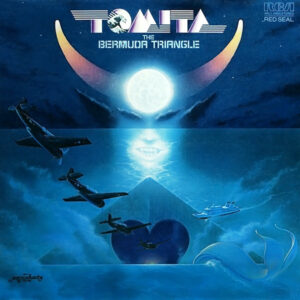 Best known for 1974’s pioneering ‘Snowflakes Are Dancing’ which reinterpreted Debussy, Isao Tomita was applying his Moog modular craft to Prokofiev and Sibelius for an ambitious concept album subtitled “A Musical Fantasy of Science Fiction”, there was even an adaptation of ‘Close Encounters Of The Third Kind’. As befitting a record about ‘The Bermuda Triangle’, it was dark and experimental in places with a fabulous palette of sound design.
Best known for 1974’s pioneering ‘Snowflakes Are Dancing’ which reinterpreted Debussy, Isao Tomita was applying his Moog modular craft to Prokofiev and Sibelius for an ambitious concept album subtitled “A Musical Fantasy of Science Fiction”, there was even an adaptation of ‘Close Encounters Of The Third Kind’. As befitting a record about ‘The Bermuda Triangle’, it was dark and experimental in places with a fabulous palette of sound design.
‘The Bermuda Triangle’ is still available via Revive Music
ULTRAVOX Systems Of Romance
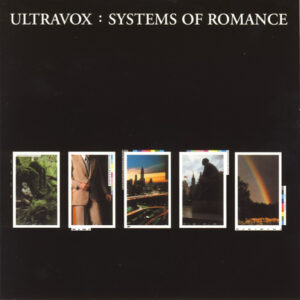 Working with the legendary Conny Plank for their third album ‘Systems Of Romance’, ULTRAVOX became more texturally powerful thanks to the ARP Odyssey of Billy Currie, Chris Cross’ EMS Synthi AKS and new guitarist Robin Simon. Despite leader John Foxx leaving to go solo, ‘Slow Motion’, ‘Quiet Man’, ‘Dislocation’ and ‘Just For A Moment’ were a harbinger of things that were to come with a certain Gary Numan taking notes.
Working with the legendary Conny Plank for their third album ‘Systems Of Romance’, ULTRAVOX became more texturally powerful thanks to the ARP Odyssey of Billy Currie, Chris Cross’ EMS Synthi AKS and new guitarist Robin Simon. Despite leader John Foxx leaving to go solo, ‘Slow Motion’, ‘Quiet Man’, ‘Dislocation’ and ‘Just For A Moment’ were a harbinger of things that were to come with a certain Gary Numan taking notes.
‘Systems Of Romance’ is still available on ‘The Island Years’ via Caroline Records
YELLOW MAGIC ORCHESTRA Yellow Magic Orchestra
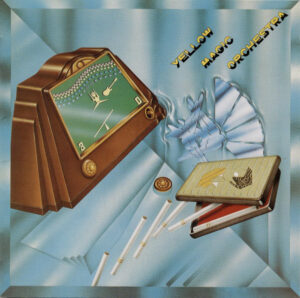 YELLOW MAGIC ORCHESTRA was intended as one-off project for producer Haruomi Hosono with Yukihiro Takahashi and Ryuichi Sakamoto; all three already had solo careers. Their self-titled debut was noted for its use of the then-new Roland MC8 Micro-Composer progammed by Hideki Matsutake. The trio became standard bearers for Japanese technopop with the hit single ‘Firecracker’, also known as ‘Computer Game’.
YELLOW MAGIC ORCHESTRA was intended as one-off project for producer Haruomi Hosono with Yukihiro Takahashi and Ryuichi Sakamoto; all three already had solo careers. Their self-titled debut was noted for its use of the then-new Roland MC8 Micro-Composer progammed by Hideki Matsutake. The trio became standard bearers for Japanese technopop with the hit single ‘Firecracker’, also known as ‘Computer Game’.
‘Yellow Magic Orchestra’ is still available via Sony Music
Text by Chi Ming Lai
3rd August 2024

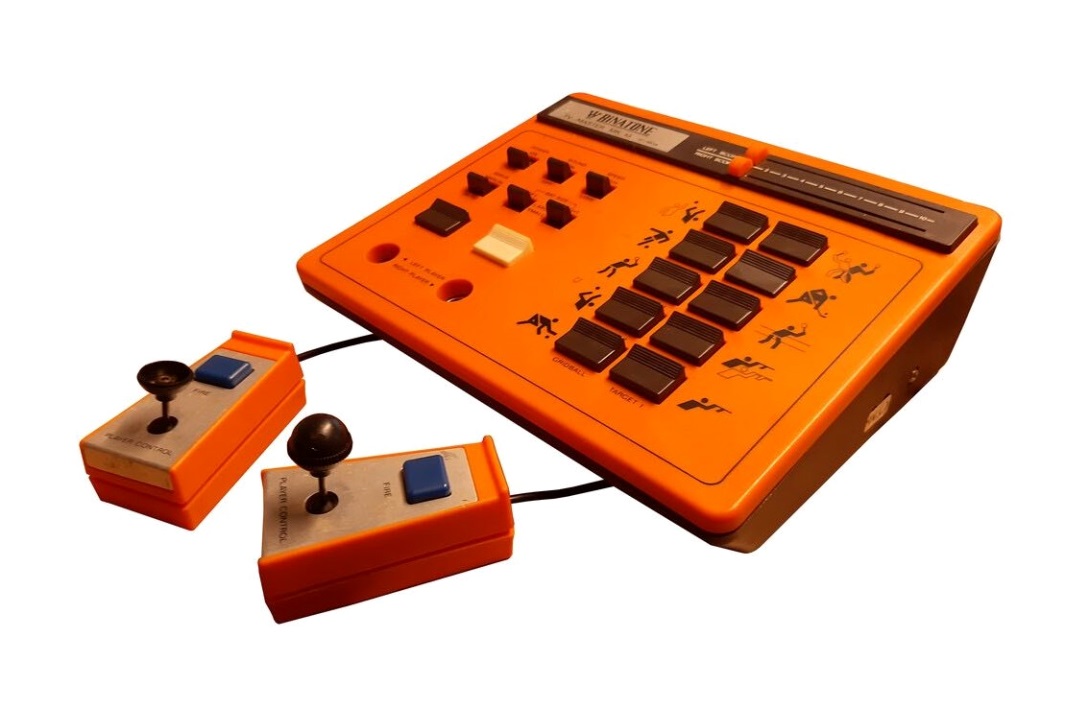
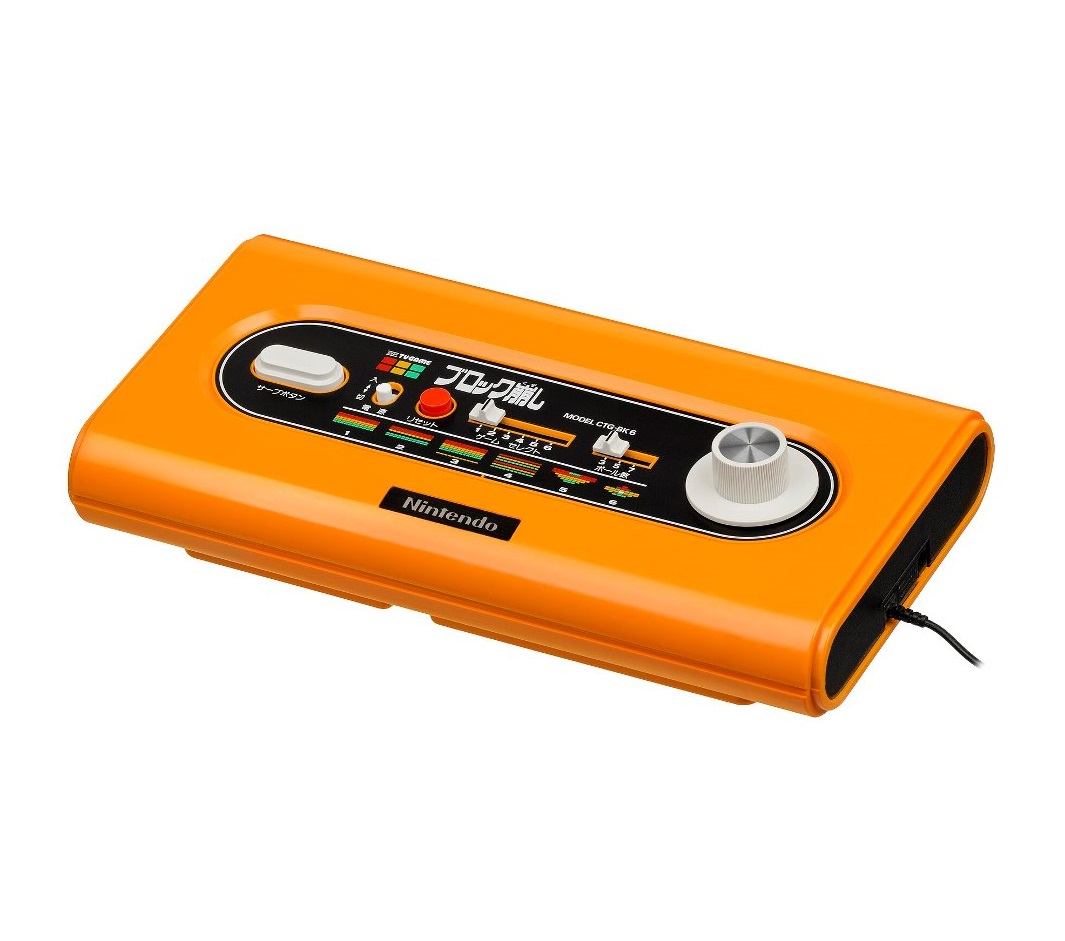
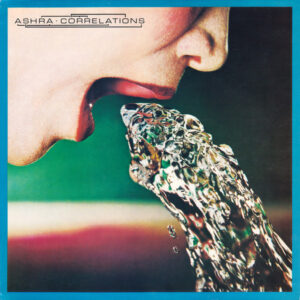
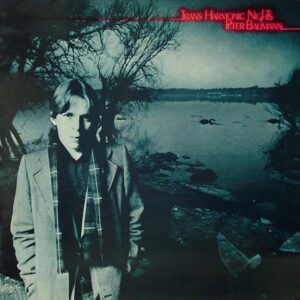
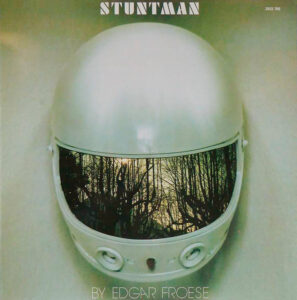
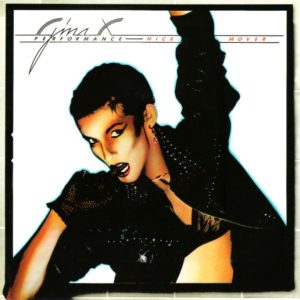
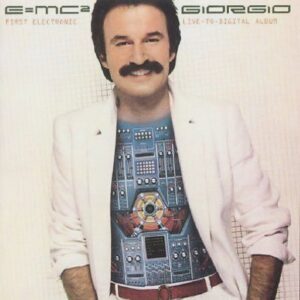
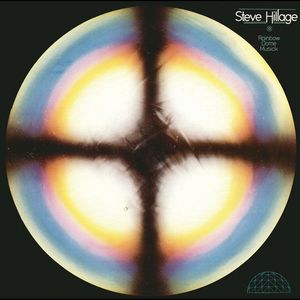
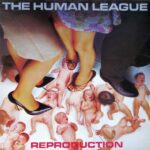
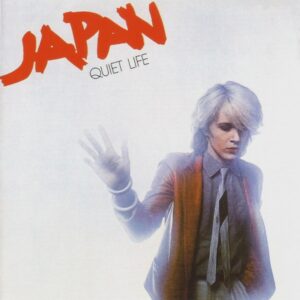
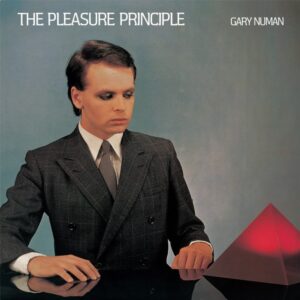
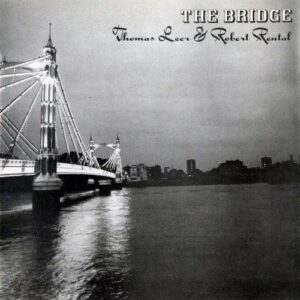
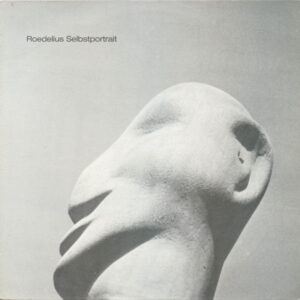
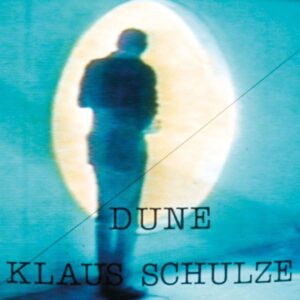
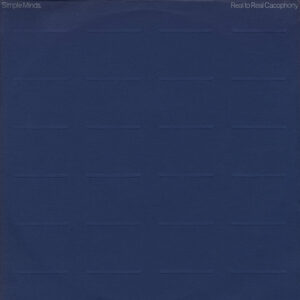
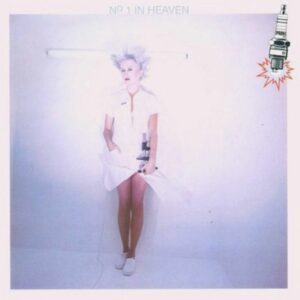
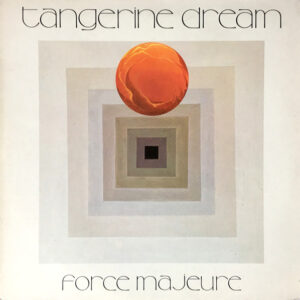
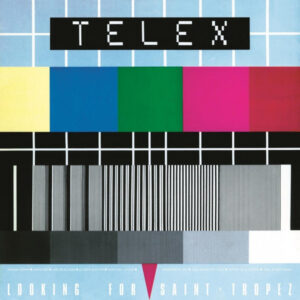
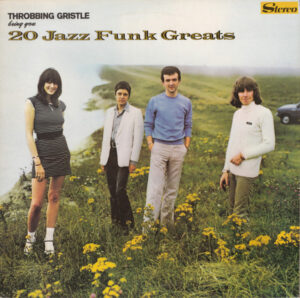
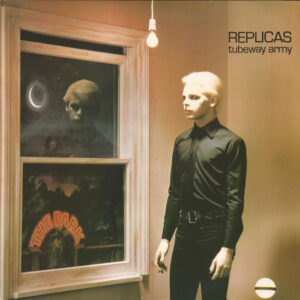

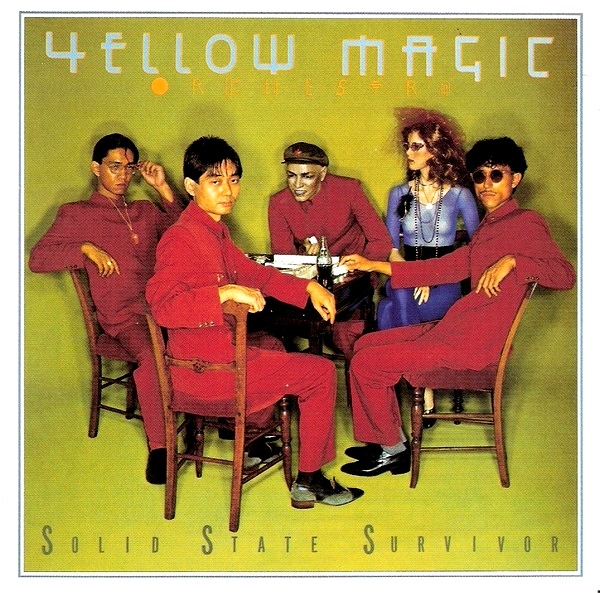
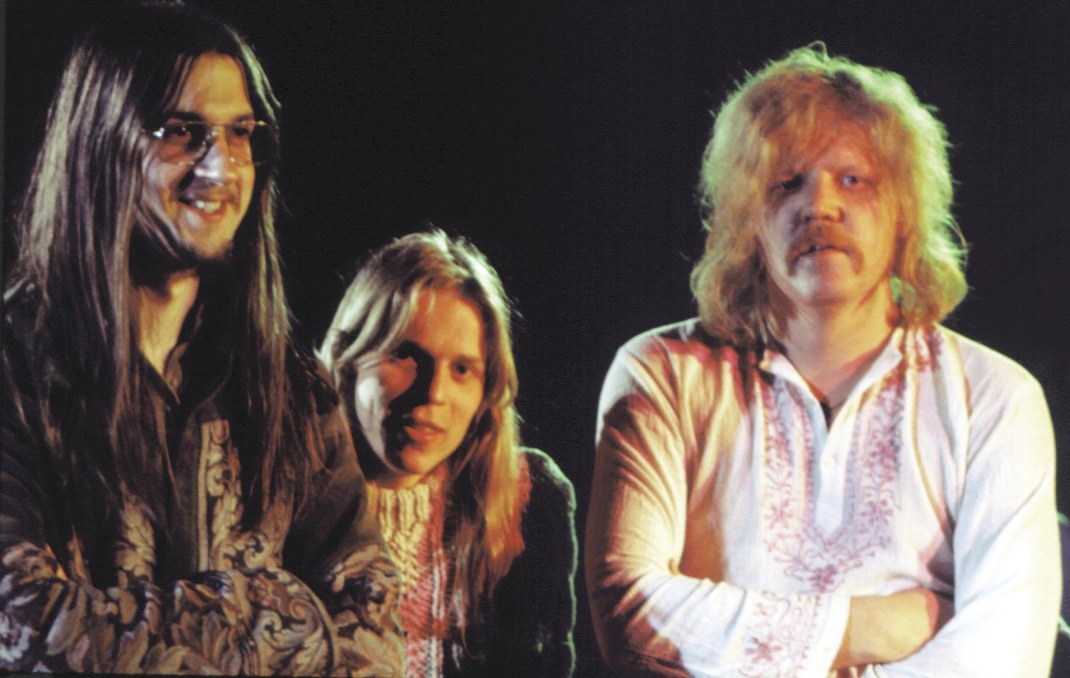
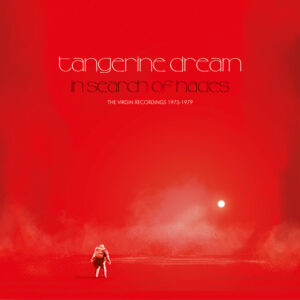
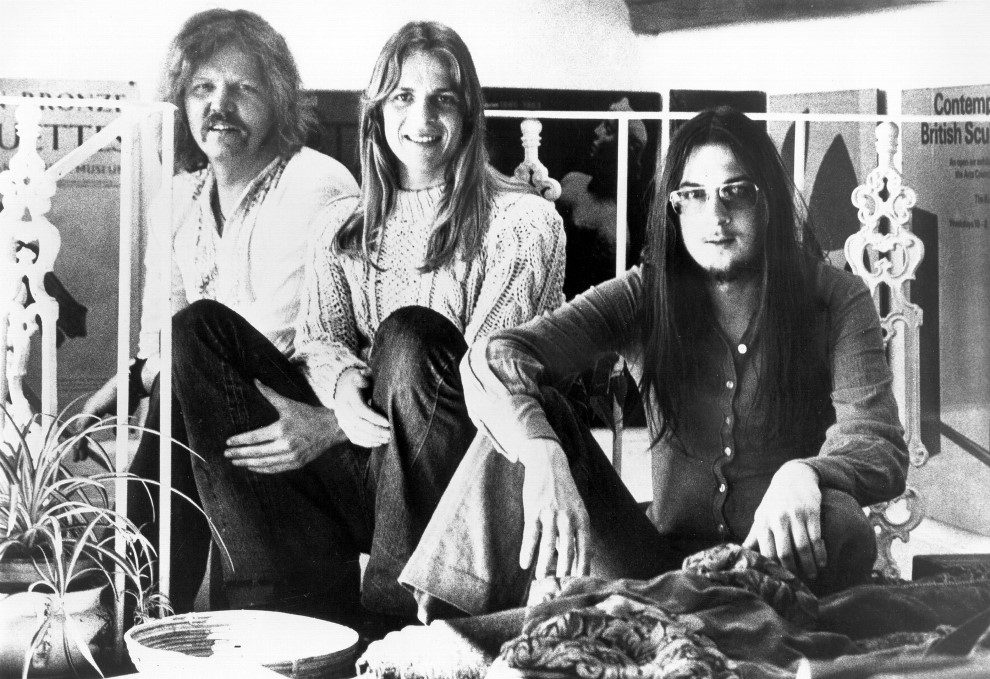
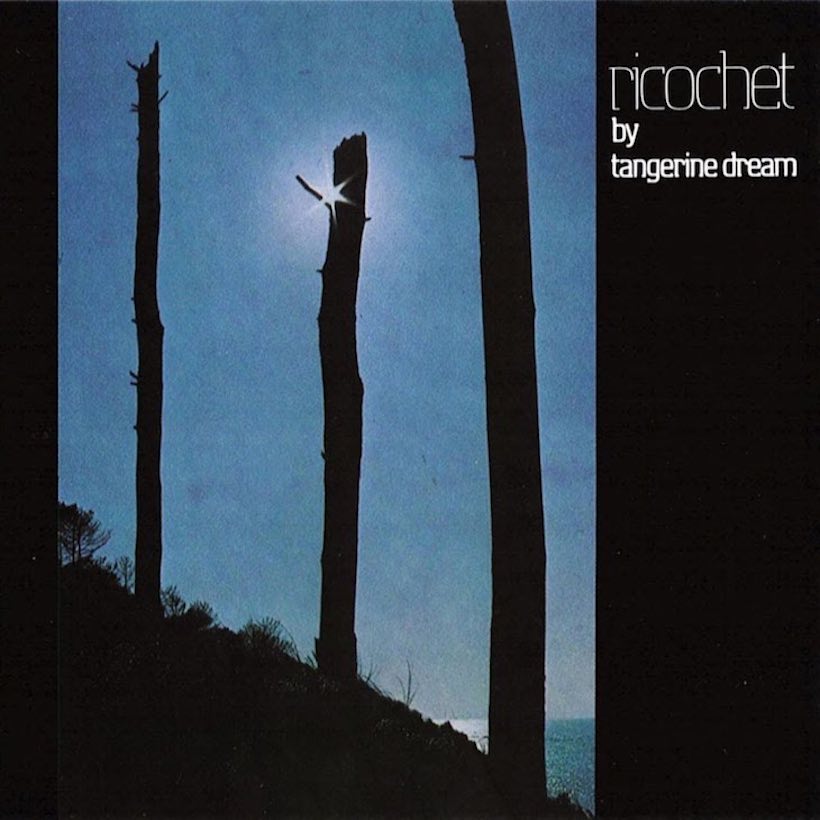

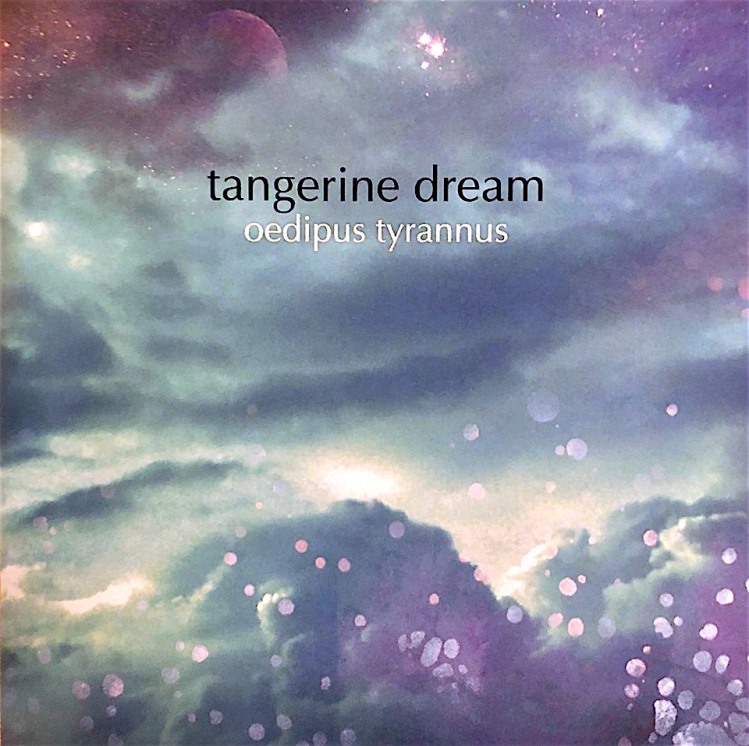
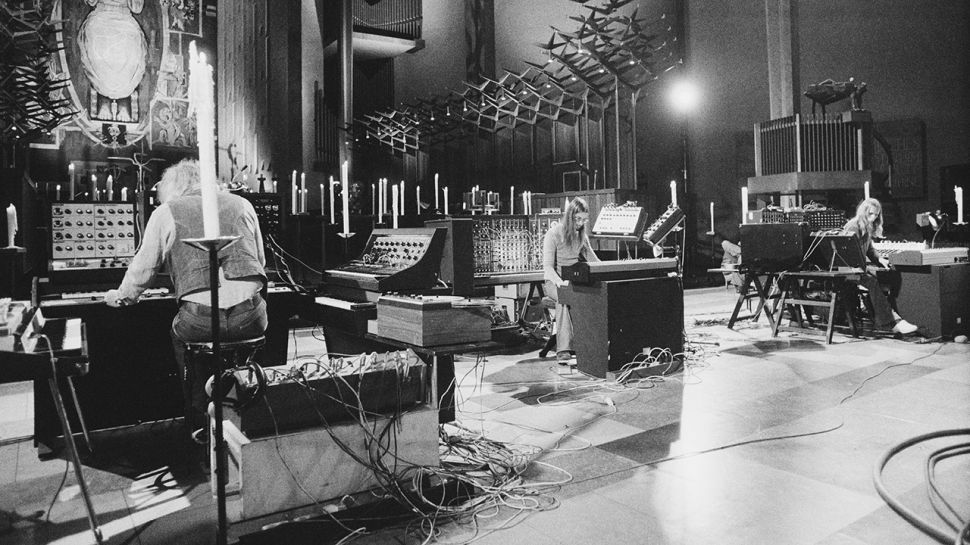
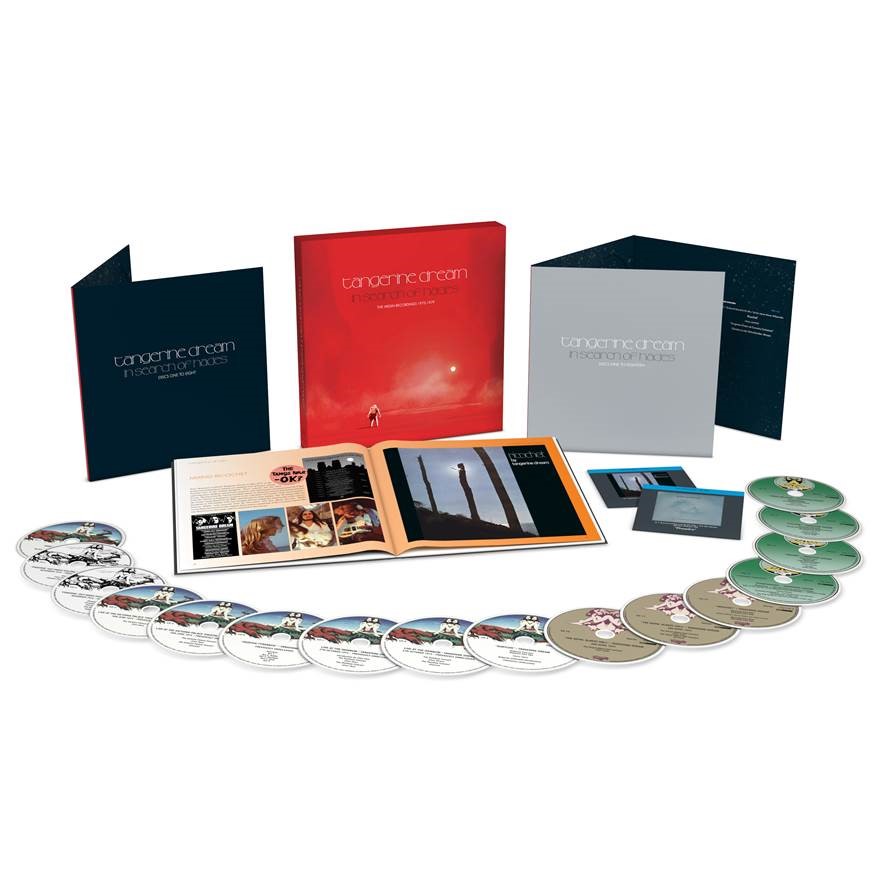
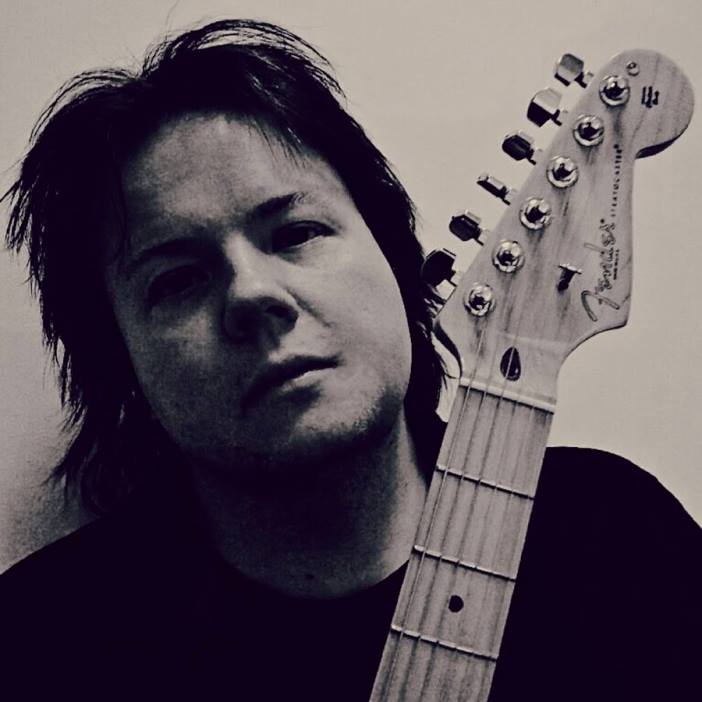
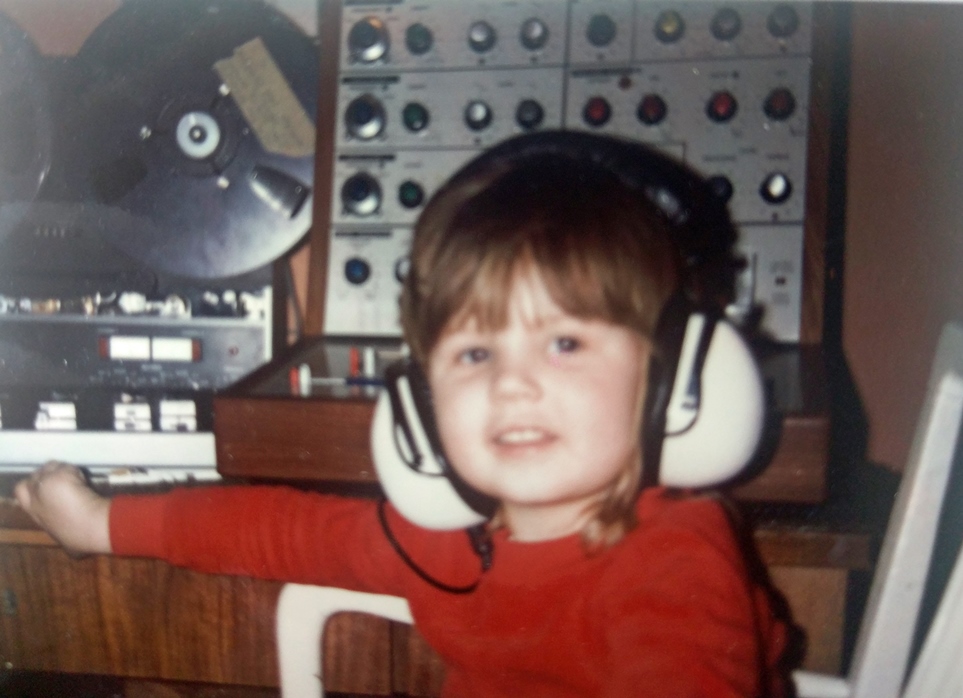
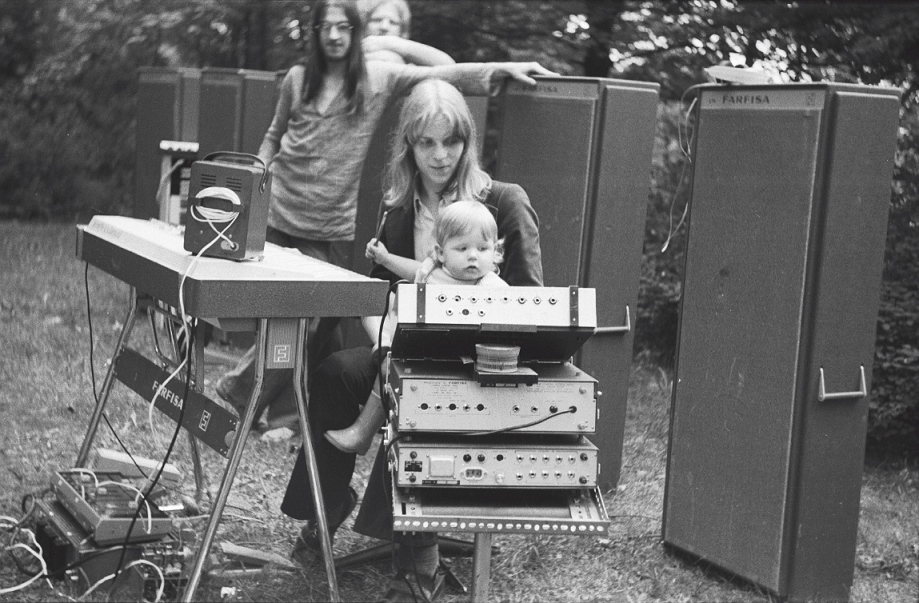
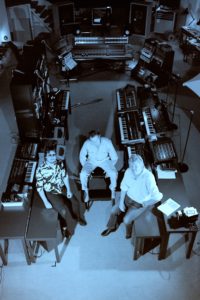
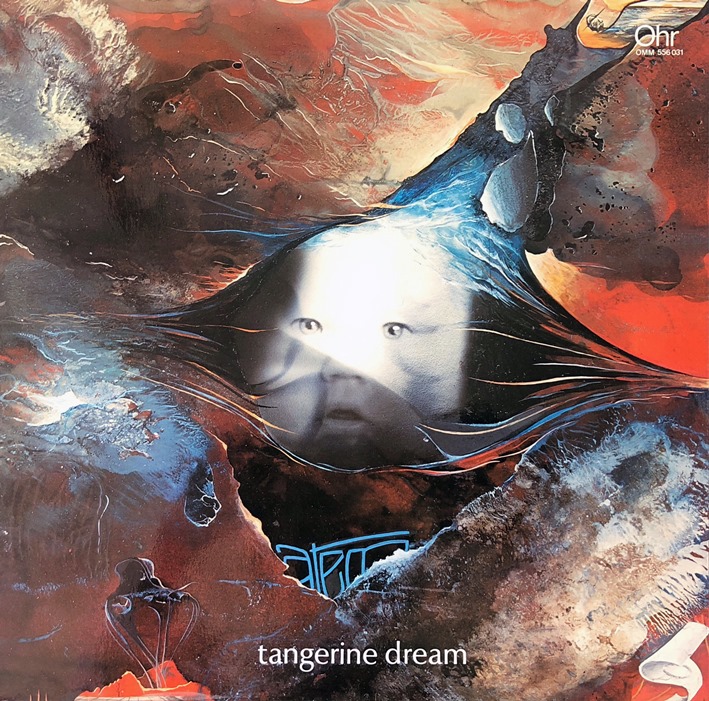
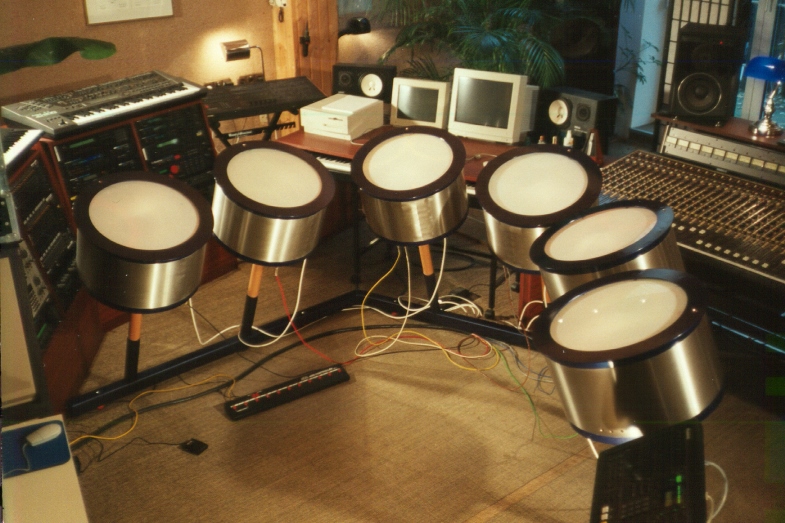
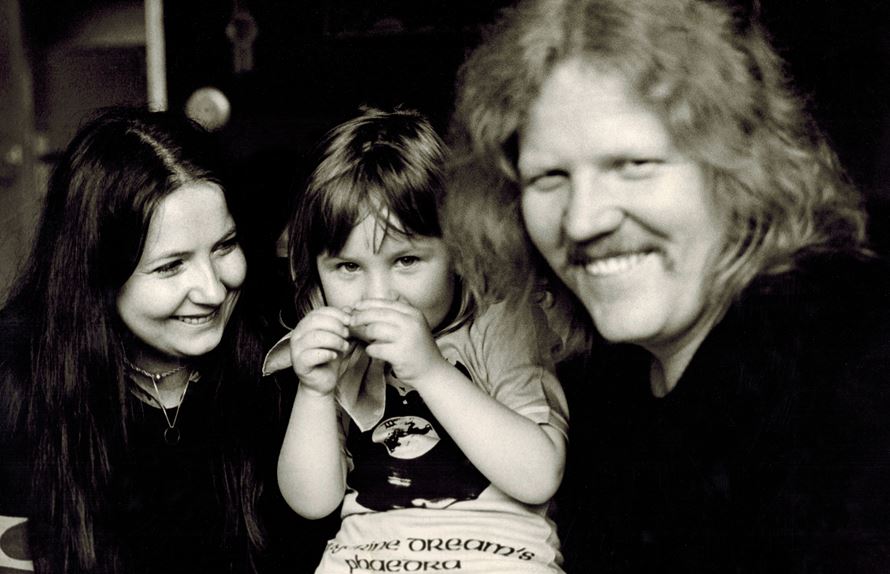
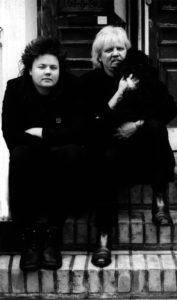
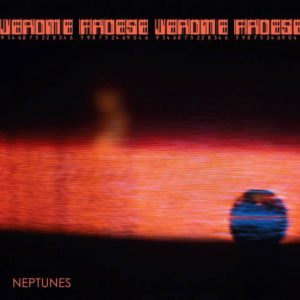
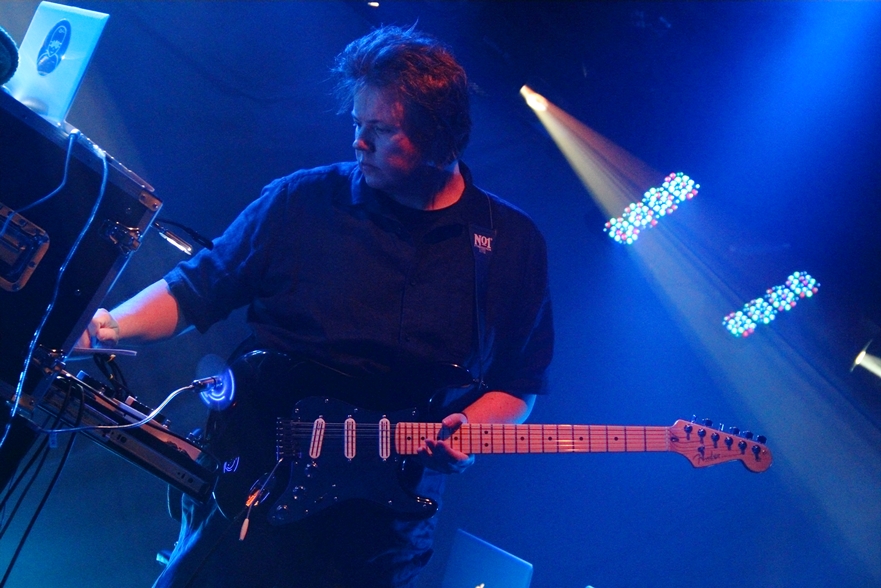
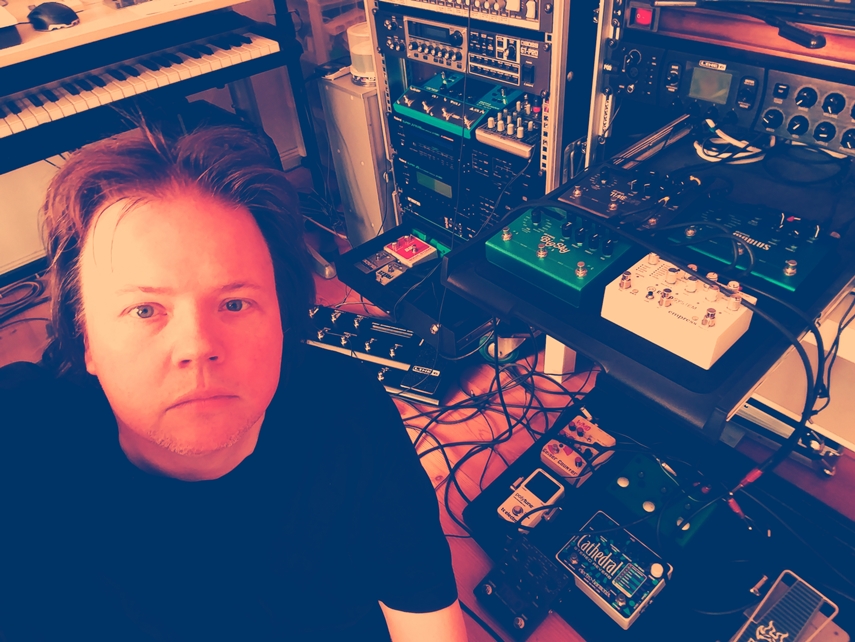
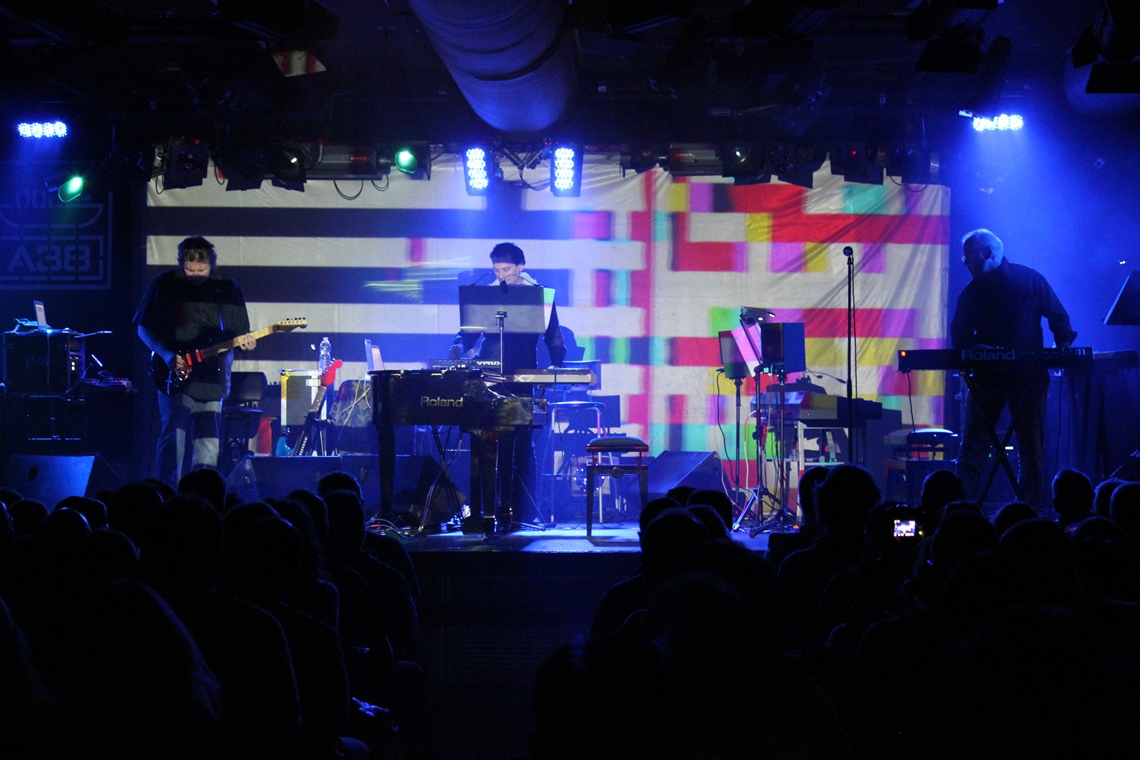
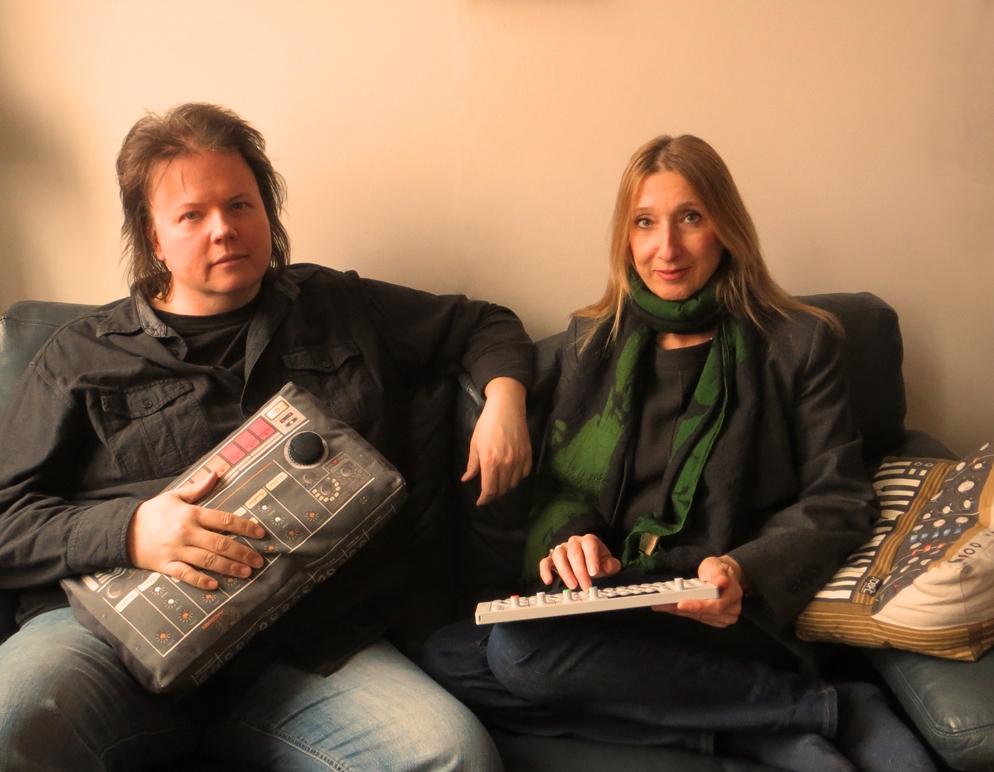
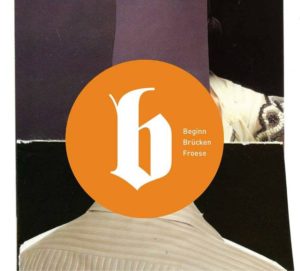
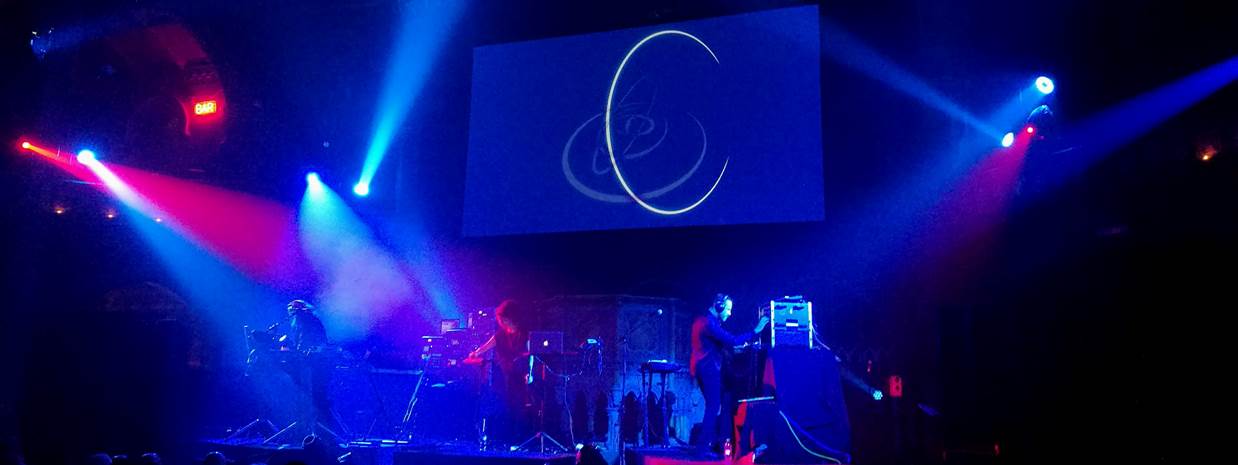
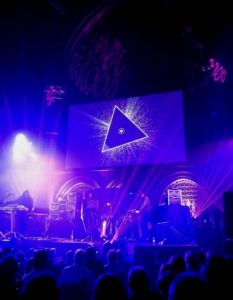

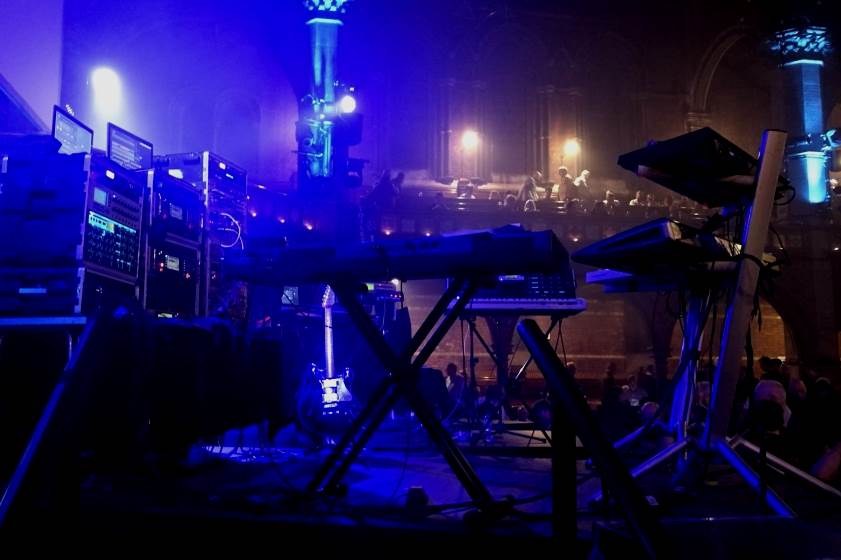
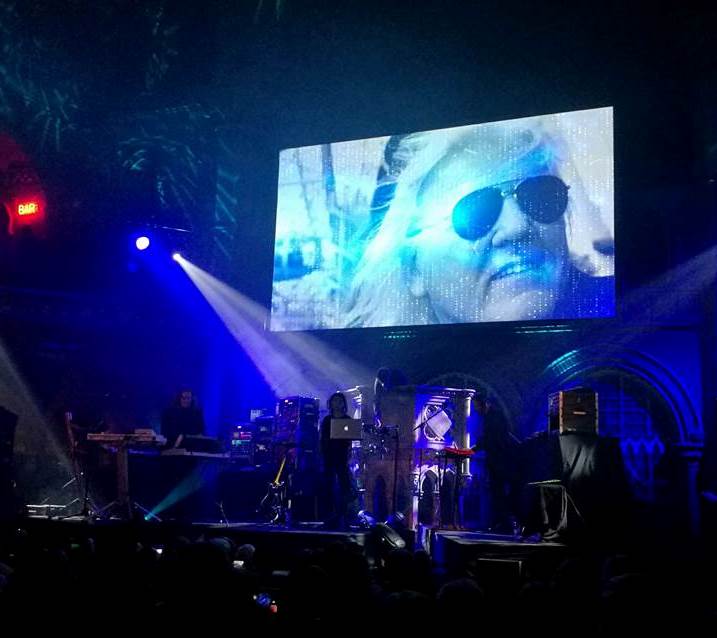
Follow Us!